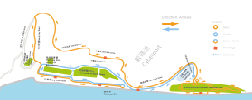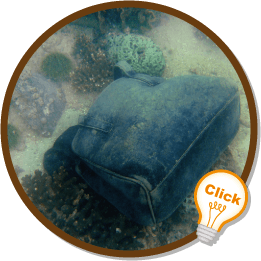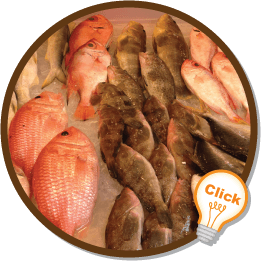Every organism in ocean plays an important role in balancing the ecosystem. Although Hong Kong has a beautiful sea that is rich in biodiversity, the problems of marine debris, overfishing and pollution have put many species at the brink of extinction.
In the exciting race “RUN FOR SURVIVAL”, participants assume the role of either a Marine Animal struggling for survival, or a Conservationist bearing the responsibility for protecting Marine Animals. During the race, you will encounter different obstacles such as marine debris and pollutants. Ocean Killers will stand in the way and snatch the life flags from Marine Animals, while only Conservationists can repel their attacks. Being surrounded by dangers, can you overcome all the difficulties and reach the Marine Reserve 6.6 km away?

If the quota is reached before the deadline, registration will be closed without further notice.
23 Feb, 2015
Marine Animal
(All participants with special costume will receive a souvenir)
1,230 pax
950 pax
Ocean Killers will try to snatch the 2 life flags at your waist. Also be aware of the obstacles you encounter on the way, like marine debris and pollutants. Your goal is simple: get to the Marine Reserve 6.6 km away with at least 1 life flag remaining. A “Survivor Certificate” will be issued to Marine Animals who reach the Marine Reserve with at least one life flag intact. Others will receive a “Certificate of Completion – Marine Animal”.
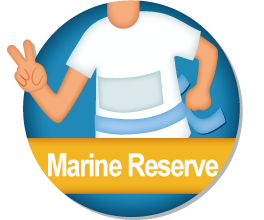
- Reach the Marine Reserve as fast as you can
- Finish the race and reach the Marine Reserve even all your flags are taken away
- Stay close to the Conservationists as they can repel the Ocean Killers for you. Yet, there are not many of them and hope you will see one when you are in danger
- Safety first. Please be aware of all obstacles, participants, Ocean Killers and staff
- Chase or attack Ocean Killers, other participants and staff
- Cause direct and intentional physical contact with others
- Remove, relocate, hide or bond your life flags
- Take other Marine Animals’ life flags
- Pick up flags off the ground
- Run in opposite direction
You can get one extra flag by answering a simple conservation question correctly at the “Animal Rescue Centre”. Learning the conservation information in this site may save your life.

Knowledge pack: five threatened marine species
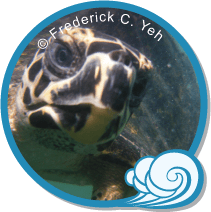
Hawksbill
turtle
Fishermen catch them for their meat, eggs and shell for making accessories like bracelets and combs. Entanglement and ingestion of marine debris cause death too

Chinese white dolphin
They are living in the western waters of Hong Kong. Yet, habitat loss, high speed vessels and fishing net entanglement have been threatening their survivorship, resulting in a continuous population decline
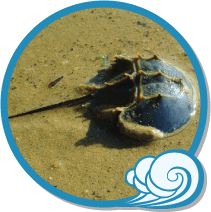
Chinese horseshoe crab
“Living fossils” that have existed on earth even before the appearance of dinosaurs. Due to coastal developments and pollutions, they are losing their habitats. The number of local juvenile horseshoe crabs has dropped drastically
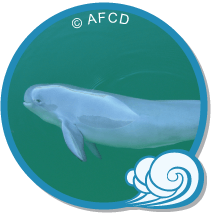
Finless porpoise
They are living in the eastern and southern waters of Hong Kong with only 200 individuals remaining. Their population is declining due to high speed vessels and net entanglements
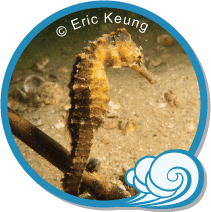
Yellow seahorse
A more common seahorse species in Hong Kong. Seahorses are threatened by habitat destruction due to marine pollutions and coastal developments. They are also overexploited for uses in traditional medicine
* According to the International Union for Conservation of Nature (IUCN) Red List of Threatened Species
Conservationists
(All participants with special costume will receive a souvenir)
70 pax
50 pax
While on the way to the Marine Reserve, you also have to seize the arm badges from Ocean Killer to stop them from attacking the Marine Animals. The more badges you get, the more Marine Animals you save.
A “Conservation Hero Certificate” will be issued to Conservationists who obtain 5 or more Ocean Killer arm badges when they reach the Marine Reserve. Others will receive a “Certificate of Completion - Conservationist”.

- Reach the Marine Reserve as fast as you can
- Save Marine Animals from Ocean Killers by seizing their badges; or blocking their way with your body
- Safety first. Please be aware of all obstacles, participants, Ocean Killers and staff
- Chase or attack Ocean Killers, other participants and staff
- Cause direct and intentional physical contact with others
- Take more than 1 badge from the same Ocean Killer
- Run in opposite direction
You can use the shortcut after answering a simple conservation question correctly at the “Animal Rescue Centre”. Learning the conservation information in this site may help you to reach the Marine Reserve sooner.

Knowledge pack: five marine conservation tips
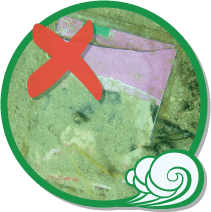
NO
LITTERING
Many marine debris starts out on land as litter like plastic bags on beaches and streets. The litter can be washed or blown into the sea
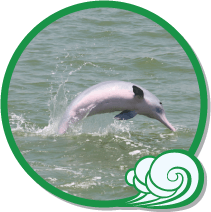
AVOID DISTURBANCE
Read the code of conduct for dolphin watching before joining any dolphin watching tours. Please follow the code strictly

JOIN CLEAN-UPS
Join coastal clean-up activities at beaches and mudflats proactively
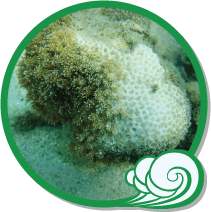
AVOID POLLUTIONS
Avoid letting untreated chemicals like shampoo and sunscreen enter the sea directly when engaging in water activities, that may result in marine pollution or coral bleaching
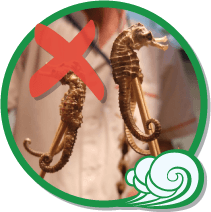
STOP CONSUMING
Do not consume and buy any products of threatened species such as seahorse or horseshoe crab
Details
- Minimum donation: HKD$350; $250 for participants aged below 12
- Participants aged below 16 must obtain parent or guardian’s consent;
- Participants aged below 12 must be registered and accompanied by an adult aged 18 or above
| Individual | Family | Corporate |
|---|---|---|
|
|
|
- Minimum donation: HKD$480
- Participants must be aged 16 or above
- Can register as Marine Animal or Conservationist

Corporate Team*, Individual, and Family Team

2nd to 5th top fundraisers in Individual and Family Team

Corporate Team

Individual Time Challenge Group Male and Female Champions (With at least 1 life flag remaining)

Individual Time Challenge Group Champion (Obtain at least 3 Ocean Killer arm badges)
% Total donation amount will be calculated base on the result as of 23:59 March 1, 2015 (Sunday)
*The amount of sponsorship is not included #Individual must fulfill the minimum donation of HKD$2,000; Family team must fulfill the minimum donation of HKD$2,500
Three major marine issues and solutions
Marine ecosystem is comprised of an interdependent food chain; any missing component could lead to a breakdown of the ecosystem. For example, cownose ray has become more abundant due to overfishing of sharks which usually prey on them. Consequently, with the arrival of more rays, the population of scallop declines. Not only was the ecosystem impacted, some century-old fisheries have closed as well. Learn more about the marine issues and solutions in order to help conserve biodiversity. Let’s step up for our ocean!
Marine debris
Glass shards, cigarette butts, various plastic products and "ghost nets" (fishing nets or gears abandoned in the ocean) are all common marine debris in Hong Kong. Fish and seabirds may swallow such pieces of trash; ghost nets may kill the marine animals that are not able to disentangle themselves. The pollutants can also accumulate in the food chain, posing potential long term threats to the environment.
Overfishing
The seafood consumption per capita in Hong Kong is second only to the Maldives in Asia in 2010? Due to large scale and intense fishing practices, as well as unregulated fishing activities, many marine animals have seen a significant drop in numbers. Scientists predicted that global major commercial fisheries could collapse within 35 years!
Pollution
Unprocessed sewage discharged affects the water quality. Heavy metal and organic pollutants could accumulate inside marine organisms and enter the food chain. Besides, oil spill causes loss of feeding and flying ability of sea birds. Some animals may swallow the oil and get poisoned. Hong Kong water has experienced red tides a few times and caused the death of many marine lives.












